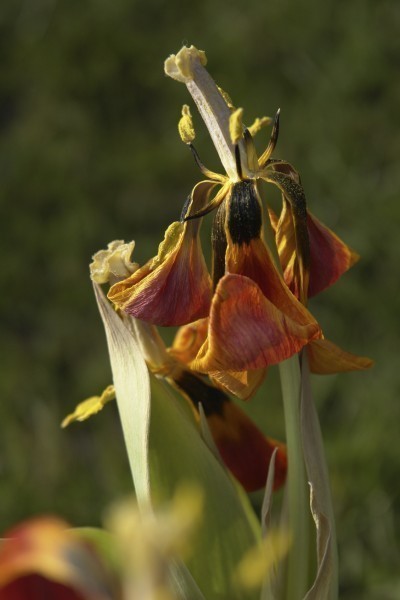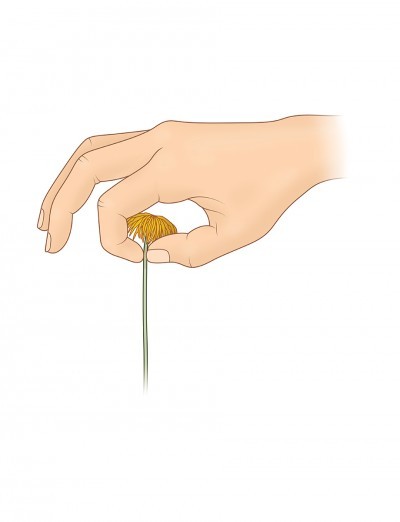






Most annuals and many perennials will continue to bloom throughout the growing season if they are regularly deadheaded. Deadheading is the gardening term used for the removal of faded or dead flowers from plants. Deadheading is generally done in order to maintain both a plant’s appearance and to improve its overall performance.
Deadheading is an important task to keep up with in the garden throughout the growing season. Most flowers lose their attraction as they fade, spoiling the overall appearance of a garden or individual plants. As flowers shed their petals and begin to form seedheads, energy is focused into the development of the seeds, rather than the flowers. Regular deadheading, however, keeps this energy on the flowers, resulting in healthier plants and continued bloom. Snapping or cutting dead flower heads can enhance the flowering performance of many perennials.
If you’re like most gardeners, deadheading may feel like a tedious, never-ending garden chore, but the new blooms spawned from this task can make the extra effort well worth it.
Some of the more commonly grown garden plants that reward this effort with a second bloom are:
The second bloom will also be longer lasting.
 Deadheading is very simple. As plants fade out of bloom, pinch or cut off the flower stem below the spent flower and just above the first set of full, healthy leaves. Repeat with all the dead flowers on the plant.
Deadheading is very simple. As plants fade out of bloom, pinch or cut off the flower stem below the spent flower and just above the first set of full, healthy leaves. Repeat with all the dead flowers on the plant.
Sometimes it may be easier to deadhead plants by shearing them back entirely. Shear away the top few inches of the plant, enough to remove the spent blossoms. Always check plants carefully to be ensure that no flower buds are hiding amid the faded blooms before you shear of the top of the plant. If you happen to find any new buds, cut the stem just above these branches.
Get in the habit of deadheading early and often. If you spend at least a short time in the garden each day, your deadheading task will be much easier. Start early, around late spring, while there are only a few plants with faded flowers. Repeat the process every couple of days and the chore of deadheading will lessen each time. However, if you choose to wait until later in the season, like early fall, the dreaded task of deadheading will be rightfully overwhelming.
Nothing is more rewarding to a gardener than watching the garden come to life with beautiful blooms, and by practicing the task of deadheading throughout the season, nature will bless you with a second wave of blooming to enjoy even more.
Copyright © www.100flowers.win Botanic Garden All Rights Reserved